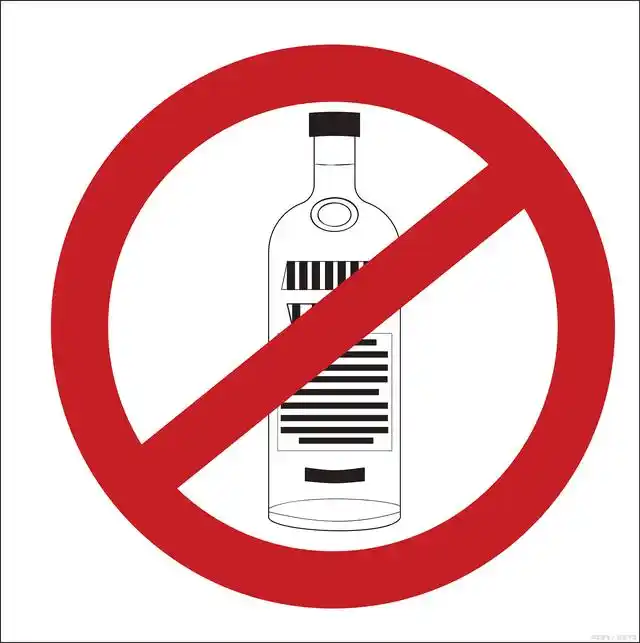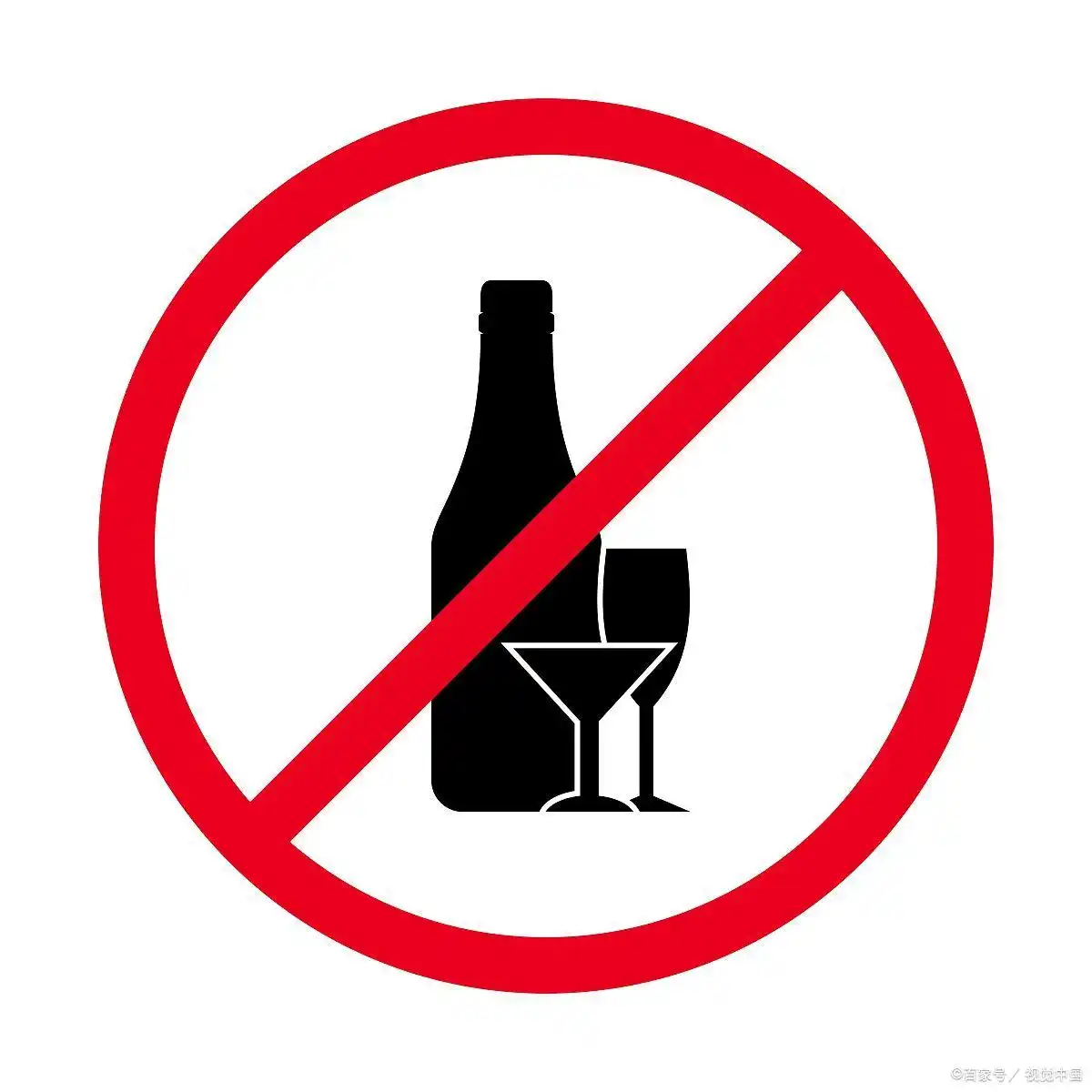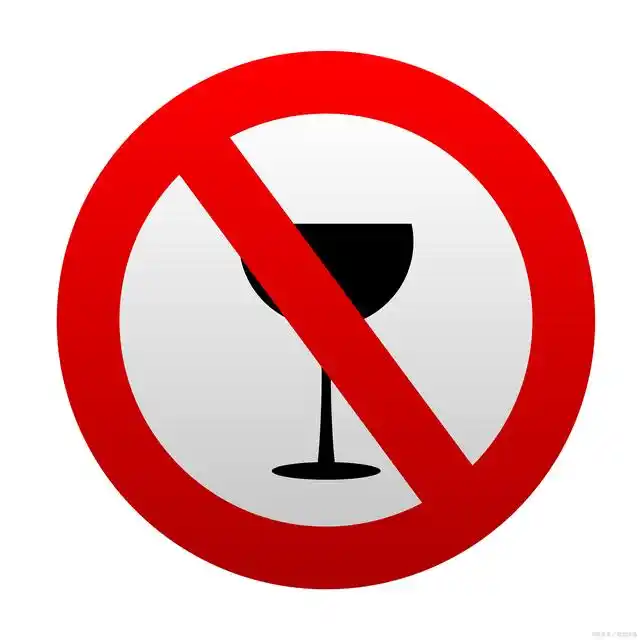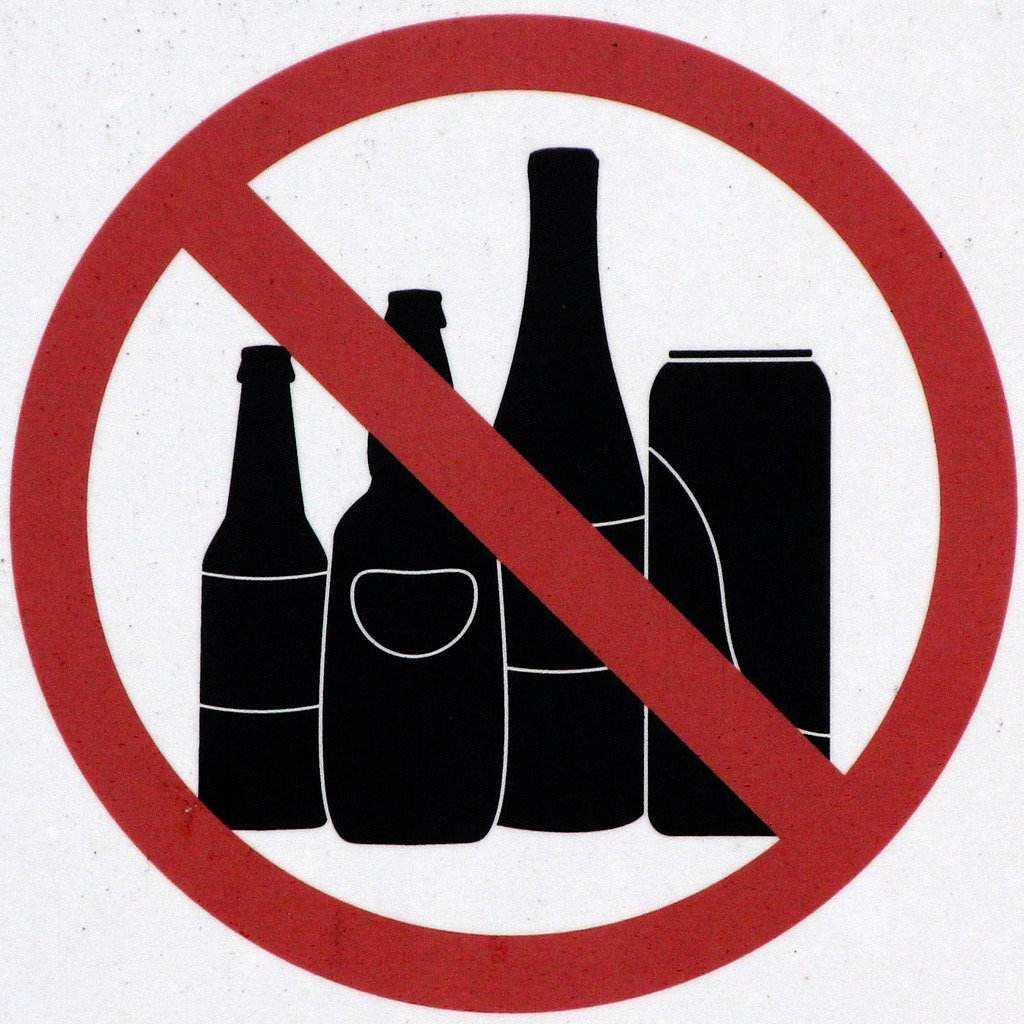The Unwelcome Flush: How Drinking Triggers Rosacea and Why Quitting Is Your Best Bet
The mirror doesn’t lie. That persistent redness across your cheeks, nose, and forehead—the one that seems to intensify after just one glass of wine—is more than a temporary flush. For millions worldwide, this visible reaction is rosacea, a chronic skin condition that’s notoriously triggered by alcohol consumption. What begins as an occasional blush can evolve into permanent redness, visible blood vessels, and even acne-like bumps if left unaddressed.
Understanding Rosacea: More Than Just a Red Face
Rosacea is a complex inflammatory skin disorder that primarily affects the face. Dermatologists identify four subtypes:
- Erythematotelangiectatic rosacea (persistent redness and visible blood vessels)
- Papulopustular rosacea (redness with acne-like breakouts)
- Phymatous rosacea (skin thickening, commonly on the nose)
- Ocular rosacea (eye irritation and redness)
While the exact cause remains unknown, researchers have identified several contributing factors: abnormal blood vessel function, demodex mites, genetic predisposition, and an overactive immune response. What makes rosacea particularly frustrating is its trigger-based nature—certain stimuli consistently provoke flare-ups, with alcohol ranking among the most common offenders.
The Alcohol-Rosacea Connection: Why Your Skin Reacts
When you consume alcohol, several physiological changes occur that directly impact rosacea:
Vasodilation: Alcohol causes blood vessels to expand, increasing blood flow to the skin's surface. For rosacea patients whose blood vessels are already hyper-responsive, this effect is exaggerated, leading to that characteristic flush.
Inflammatory Response: Alcohol metabolism generates inflammatory compounds that can worsen existing inflammation in rosacea-affected skin. Studies have shown increased levels of inflammatory markers in rosacea patients after alcohol consumption.
Dehydration: Alcohol is a diuretic, depleting your body—and your skin—of essential moisture. Dehydrated skin has a compromised barrier function, making it more susceptible to irritation and flare-ups.
Histamine Release: Many alcoholic beverages, particularly red wine, contain histamine and other biogenic amines that can trigger inflammatory responses in sensitive individuals.
The phenomenon is so well-established that researchers have identified specific alcohol-related rosacea patterns. Interestingly, some studies suggest that the type of alcohol matters—red wine appears to be the most common trigger, followed by white wine, beer, and then spirits.
Beyond the Temporary Flush: When Occasional Redness Becomes Permanent
Many people dismiss alcohol-induced flushing as temporary and harmless. "It will fade by morning," they tell themselves. But here's the troubling reality: repeated dilation of facial blood vessels can eventually lead to permanent changes.
With each alcohol-triggered flare, blood vessels may lose their ability to constrict properly back to their original size. Over time, this can result in:
- Persistent erythema (redness that doesn't fade)
- Telangiectasia (visible broken blood vessels)
- Increased skin sensitivity
- Worsening of existing rosacea symptoms
The progression isn't always linear, but the pattern is well-documented in clinical practice. What begins as intermittent flushing can evolve into constant redness that requires medical intervention.
The Quitting Journey: What to Expect When You Stop Drinking
Deciding to eliminate alcohol for your rosacea is one of the most effective interventions you can make—but it's helpful to understand what to expect:
First Few Weeks: Many people notice reduced baseline redness within the first 2-3 weeks of abstinence. Morning facial flushing typically decreases, and skin may feel less sensitive.
1-3 Months: Continued improvement in overall redness and inflammation. Those with papulopustular rosacea often experience fewer breakouts. Skin texture may improve as hydration normalizes.
Long-Term Benefits: Beyond visible improvements, quitting alcohol helps stabilize rosacea by removing a major trigger. This makes other treatments more effective and can prevent progression to more severe stages.
It's important to note that while quitting alcohol can dramatically improve rosacea, it may not eliminate symptoms completely if other triggers (spicy foods, temperature extremes, stress) remain unaddressed.

Beyond Sobriety: Complementary Strategies for Rosacea Management
Quitting alcohol is a powerful step, but comprehensive rosacea management requires a multi-pronged approach:
Skincare Modifications: Gentle, fragrance-free cleansers and moisturizers help strengthen the skin barrier. Mineral sunscreens are essential, as UV exposure is another major rosacea trigger.
Medical Treatments: Dermatologists may prescribe topical medications (metronidazole, azelaic acid, ivermectin) or oral antibiotics for more severe cases. Laser therapy can effectively reduce persistent redness and visible blood vessels.
Trigger Identification: Keeping a symptom diary helps identify less obvious triggers. Common culprits include hot beverages, spicy foods, extreme temperatures, and certain skincare ingredients.
Lifestyle Adjustments: Stress management techniques, temperature regulation (avoiding overheating), and dietary modifications can all contribute to better rosacea control.
The Psychological Dimension: Navigating Social Situations Without Alcohol
For many, social drinking is woven into the fabric of their social and professional lives. Quitting requires navigating questions and pressures while managing a visible skin condition.
Developing prepared responses ("Alcohol doesn't agree with my skin") can ease social anxiety. Exploring non-alcoholic alternatives—now more sophisticated than ever—can help maintain the ritual of social drinking without the negative consequences.
Support groups, both for rosacea and for those choosing sobriety, can provide valuable community and coping strategies for this transition.
The Bigger Picture: Overall Health Benefits of Quitting
While rosacea improvement alone justifies eliminating alcohol, the broader health benefits create compelling additional motivation:
- Improved sleep quality
- Better hydration
- Reduced risk of numerous cancers
- Liver function improvement
- Weight management
- Mental clarity
These systemic benefits often create a positive feedback loop—better sleep and reduced stress further improve rosacea, while clearer skin boosts confidence and well-being.
A Future With Less Redness
Rosacea is a chronic condition without a cure, but it is highly manageable. Removing alcohol—one of its most potent triggers—represents a profound step toward control rather than reaction.
The path isn't always easy, particularly in cultures where alcohol is central to social bonding. But each non-alcoholic choice is an investment in your skin's future—a decision to prioritize long-term comfort and appearance over temporary indulgence.
The redness doesn't have to be permanent. The flushing doesn't have to dictate your social choices. With commitment to trigger avoidance and comprehensive care, you can reclaim comfort in your own skin—literally.
Your face tomorrow will thank you for the choices you make today.



发表评论